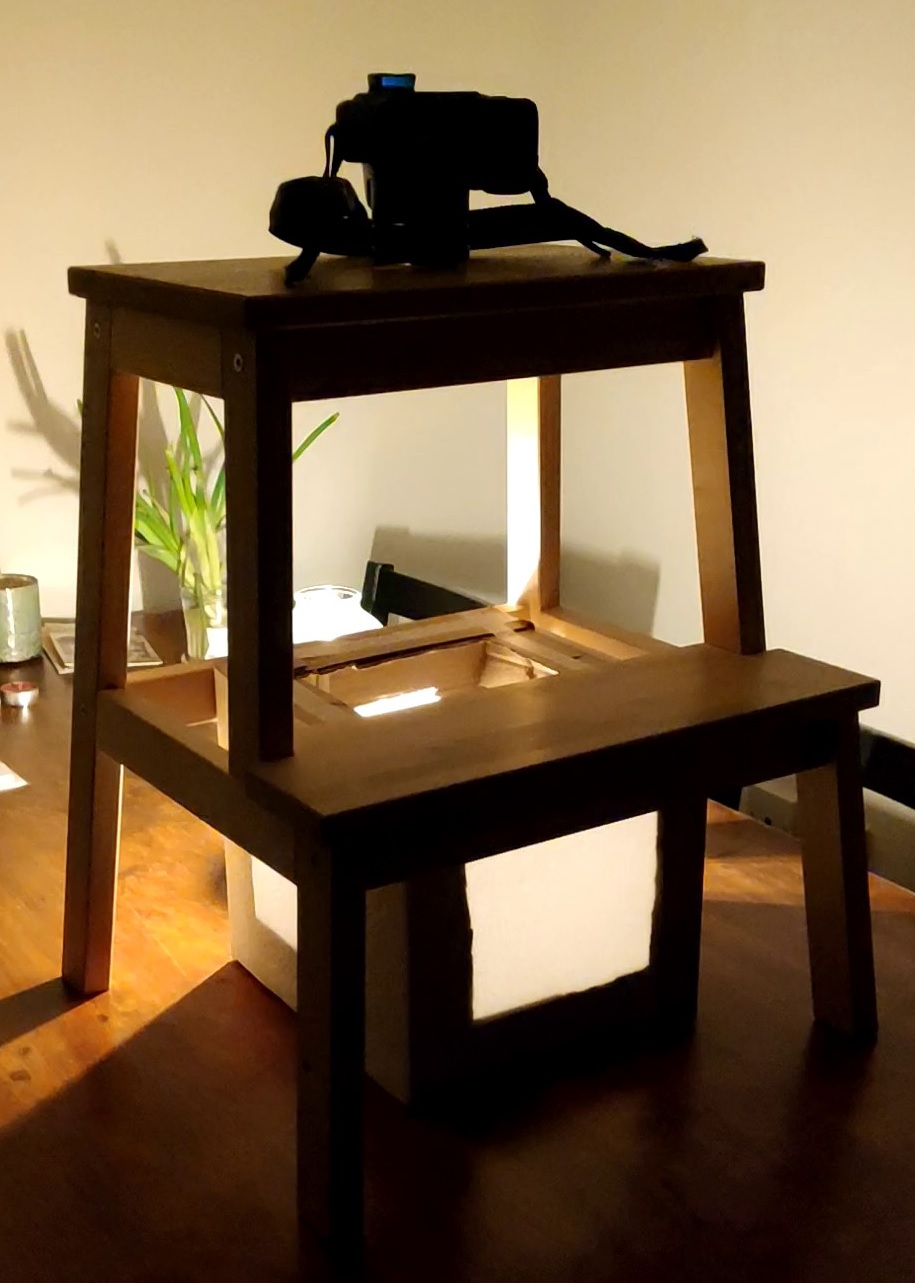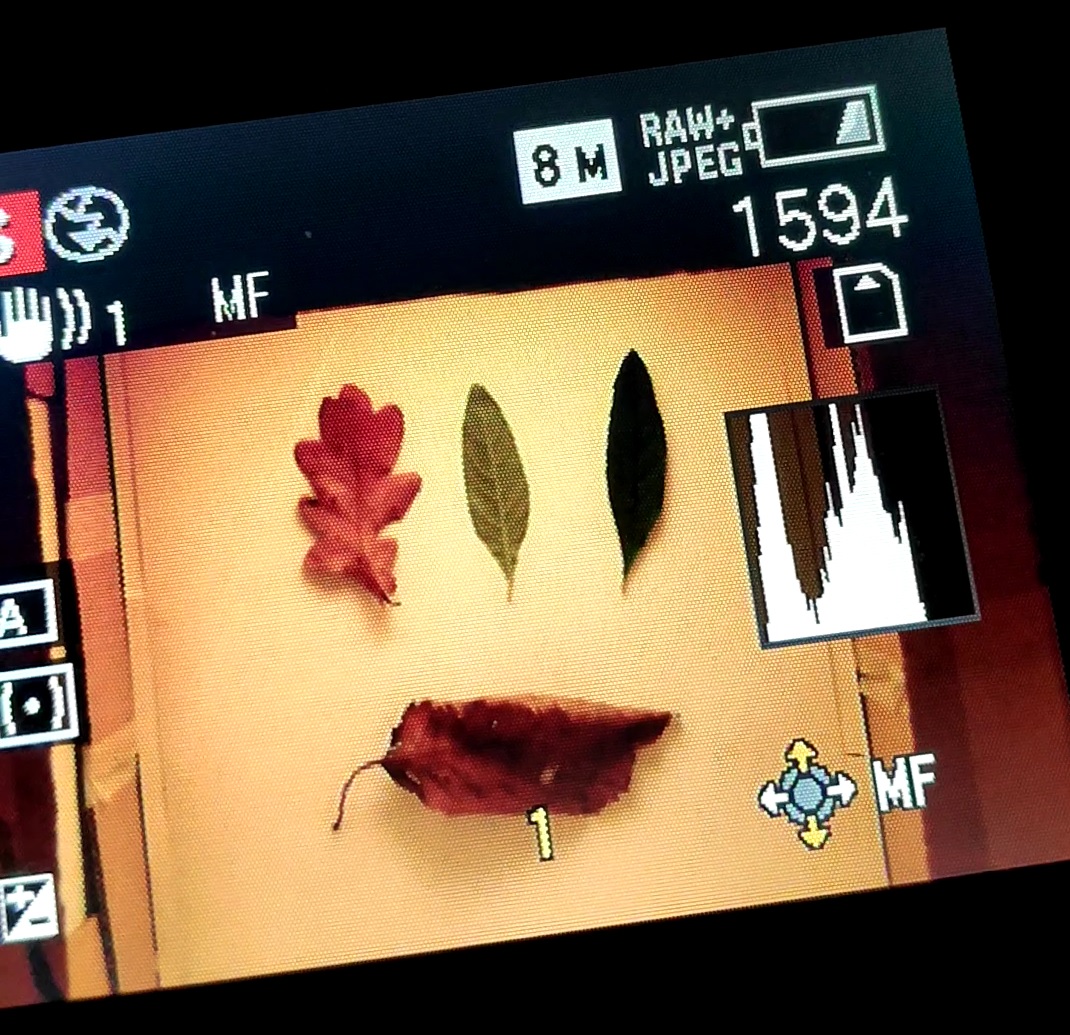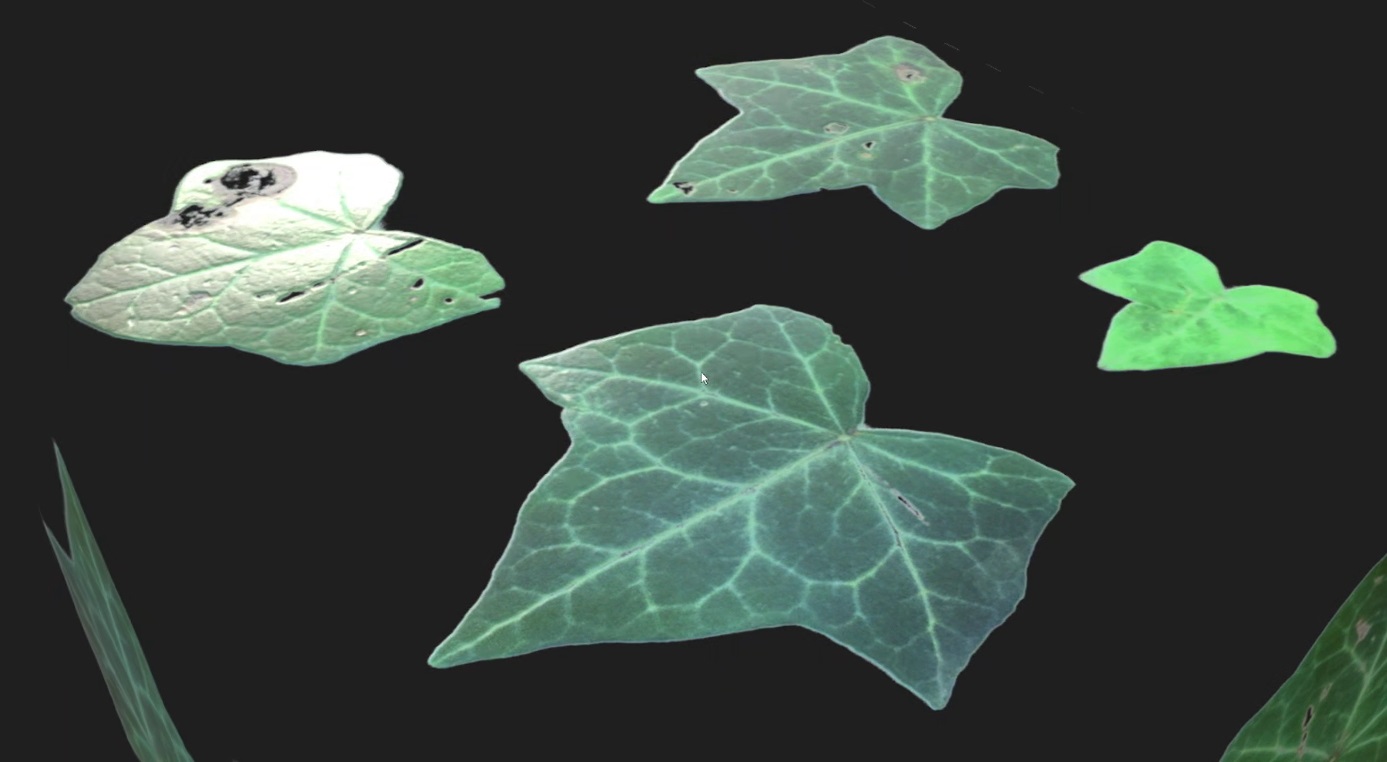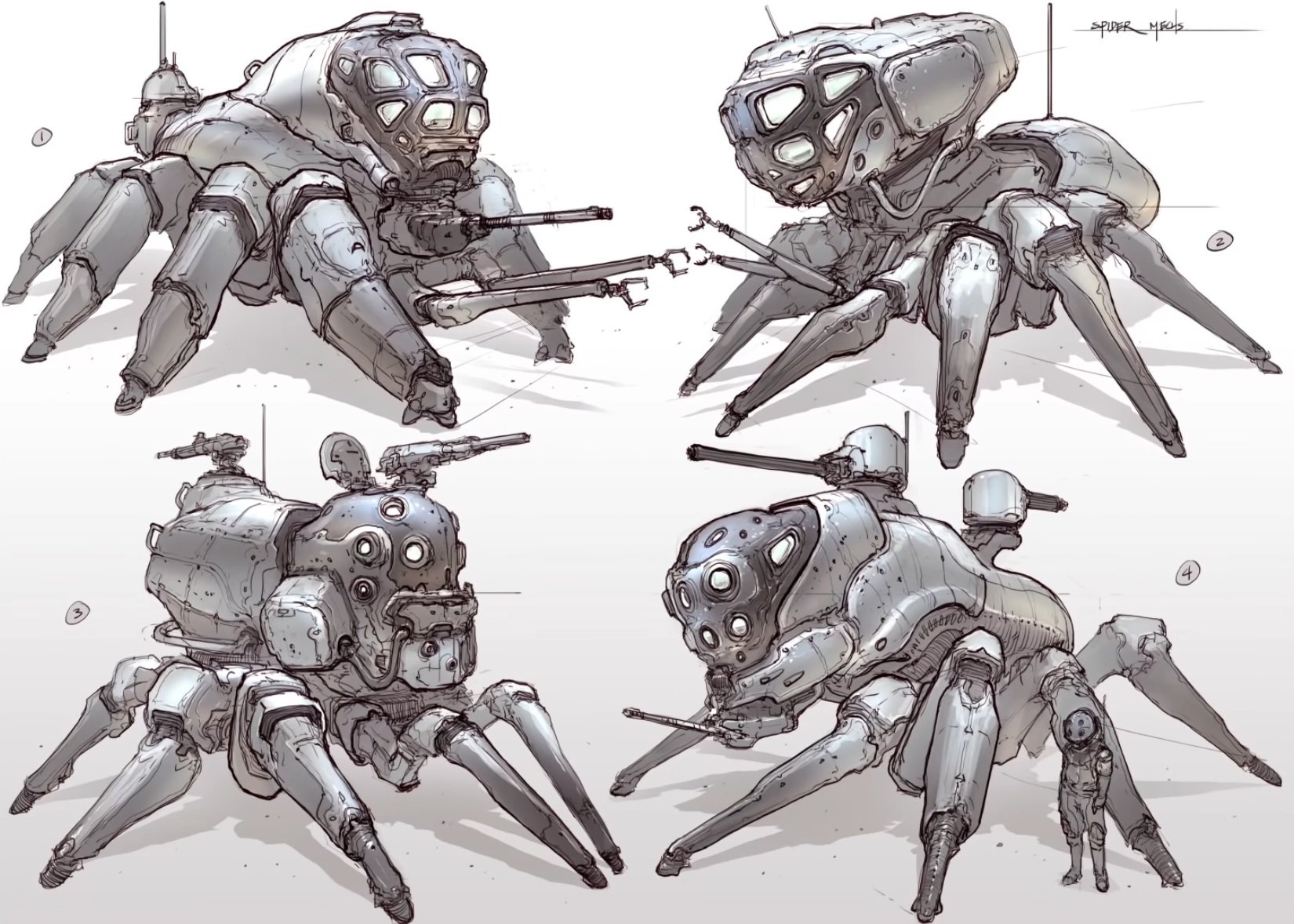Failed experiments don't exist.
I've always considered my inability to consistently create work with a style that's "mine" as a negative. In the social media world we're told it's important to have a "brand", that your work is recognisable. Instead I've always followed whereever my interests took me, wether that was 3D, line art, single-layer photostudies, or diving into a game engine.
Only recently am I seeing the upsides of this and how I am a better artist because of all those "failed" experiments. This is a very personal anecdote but perhaps it'll give you a new perspective.
Down the rabbit hole
Recently I was looking through some Unreal Engine content examples when I opened the foliage examples. After seeing the same wavy grass and standard looking tree I thought to myself: this is great, but I wonder if I can't make my own foliage that's slightly more unique.
After looking up some foliage artists from Forza Horizon I stumbled upon Alex Patel's profile who had some great looking leaves using a technique called photometric scanning. I don't have any professional photography equipment, nor any experience doing photogrammetry. What I did have is an ancient DSLR from 2007 and a cardboard box.

Before I knew it, I had learned the basics of Substance Designer to use the multi-angle to normal technique. Then I learned about proper colour correction techniques like shooting with a Munsell Color Chart to calibrate the pictures. The second set of "scans" looked way better except for the leaf's albedo, which catapulted me into the details of PBR rendering and what the true colors of a leaf are (approximately), and how you could capture them using cross polorization. Putting the leaves on branches set me on the path to learning about the mathematical formulas that dictate how most plants grow (I'm in way over my head at this point). I also discovered 3 nifty programs from the early 2000's which create super interesting plant structures.

When the time came to implement the leaves into Unreal Engine I had to look into how foliage moves in real life, how to emulate those movements using vertex colors. How to color them depending on where in the world they are, which led me to gradient mapping techniques from Horizon Zero Dawn, which opened my eyes to a different type of image data compression called YCoCg... the list goes on. Point being that I learned a lot of new useful skills and knowledge that directly improved our game Deliver Us Mars, and gave me much more to think about for future projects.

I might have learned all of this knowledge eventually, but trying to do just one experiment with a cardboard box catapulted me forward.
The same thing happened when I looked into making a dynamic weather system and the influence of weather on the sun's intensity, or even when building this website. Both of which have yielded me knowledge that I've been able to apply directly or indirectly in my day job and elsewhere.
Lateral thinkers
The world seems to be heading in a direction where tools and technology become ubiquitous and extremely accessible. We have to become lateral thinkers, able to use knowledge and tools from any field and find ways to combine them.
In the field of concept art, using combinatory creativity has long been a recipe for success, and for good reason. Feng Zhu has given us fantastic examples of this, in his Form Follows Function series or on his Youtube channel.
"Many students try to design from scratch. There's an idea that their work has to be 100% original and different. In reality, it's the complete opposite. We want to see if you can build reality based entertainment experiences through solid understanding of function, form and logic." - Feng Zhu

Thanks for reading. Please tweet or email me if you have any comments/opinions/questions, I’ll be happy to engage with you.